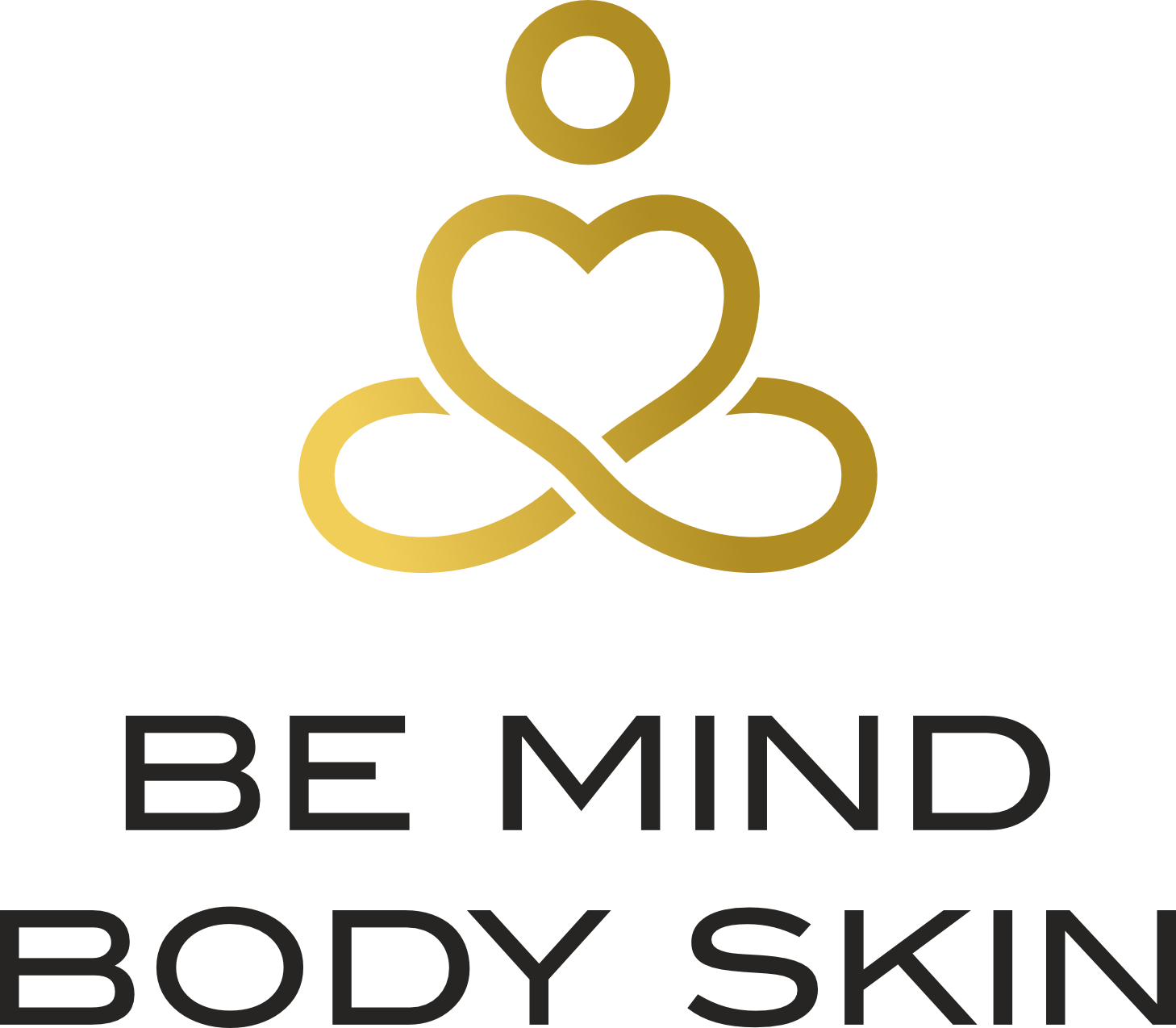The Philosophy of Ayurveda Medicine
In Ayurveda perfect health is defined as a balance between body, mind, spirit and social wellbeing. This unshakeable connection extends beyond the individual, reaching in to the universe.
Ayurveda and Tridoshas
According to Ayurveda, there are three doshas (functional units of the body)- Vata, Pitta and Kapha. They destroy or maintain the body when vitiated or not, respectively.
These Doshas are constituted by Pancha maha bhoota (five primordial elements) by which the entire perceptible universe is formed of, at a subtle, subatomic level. These five maha bhootas constitute the animal kingdom, the vegetable kingdom and minerals. Thus, living or non-living everything are made up of them. Though they cannot be seen, they can be inferred by structure and function of substances. Thus, the food we eat, our body, our excreta, our surroundings, all are constituted of five elements.
To have a better idea on this you should be knowing the concept of ‘cosmogony’ in Ayurveda. It is termed as ‘Srishti Utpatti’ in Sanskrit. This deals with how the universe is created. It is an important topic discussion of many of the philosophies.
The genesis of the universe is termed as creation (Srishti) and the dissolution is called as inundation (Laya). Man has identified these stages for almost all things. Things appear or manifest, they stay for some time and finally they are destroyed.
Srishti Utpatti according to Samkhya Darshana
Samkhya is one of the earliest schools of Indian philosophy and most systems, including yoga, have been drawn from or influenced by it. Samkhya is a dualistic philosophy and postulates two eternal realities: Purusha, the witnessing consciousness, and Prakriti, the root cause of creation, composed of the three gunas. It is only when the activity of Prakriti is guided by the purusha, and both co-operate, there is evolution of world of objects.
During the first phase of evolution, the equilibrium (Samyavastha) of Prakriti is brought to an end by the impact of purusha (Consciousness). In this stage, the Trigunas (Satva, Rajas and Tamas) becomes active. ‘Rajoguna’ naturally become first active due to its chalamatra property and through it the other two gunas begins to vibrate. Due to this gradual differentiation and integration, and the combination of these trigunas in different proportion the various objects of the world originates. 1
Srishti Utpatti by Scholar Susruta
Acharya Susruta explains evolution like that of Samkhya philosophy. He also mentions in every substance existing in this universe all the five bhutas (elements) are present invariably. Their proportion however varies widely and so substances are categorized in to five kinds based on the predominance of each bhuta (element). 2
Creation consists of vibrations at various frequencies and amplitudes giving rise to the phenomenon of the world. The human beings are the outcome of Pancha maha bhoota (five elements) and which can be constituted in to the soul, the mind and the body. These are complex cycles and are always in constant motion. 3
In short, every living body is enveloped by an electrical (static) force and contains within a divine nucleus. The cool emission of radiation of the nucleus are channeled through nerves in to spinal cord and the brain. 4
Ayurveda concepts on Prakruti (Body Constitution)
Ayurvedic philosophy maintains that people are born with a specific constitution, which is called the prakruti. The prakruti, established at conception, is viewed as a unique combination of physical and psychological characteristics that affect the way each person functions.
From the time of fertilization itself, constitution of individual is determined by the doshas located in the sperm and ovum of father and mother respectively. A beautiful simile is given in this context by the Acharya Vagbhata. Just as the venom of poisonous organism is harmless to it, the increase or decrease of a particular dosha by Prakruti is harmless to the individual.
This indirectly exemplifies that genetic traits are transferred to the next generation.
References-
Aparna Pravin Deshpande. Mantra (Incantations) - Divine remedial in Ayurveda. Ayurpharm Int J Ayur Alli Sci. 2014;3(3):61-72.
Susruta Samhita, Shareera sthana, Chapter 1
Charaka Samhita, Part-1 (Charakachandrika Hindi commentary). Brahmananda Tripathi, Ganga sahay Pandey, editors. 1st ed. Varanasi: Chaukhambha Surbharati Prakashana; 2009. Sharirasthana, 8/46. p.967.
Charaka Samhita, Part-2 (Ayushi Hindi commentary). Harishchandrasinha Kushavaha, editor. 1st ed. Varanasi: Chaukhambha Orientaliya; 2009. Chikitsasthana, 3/312,313. p.134


